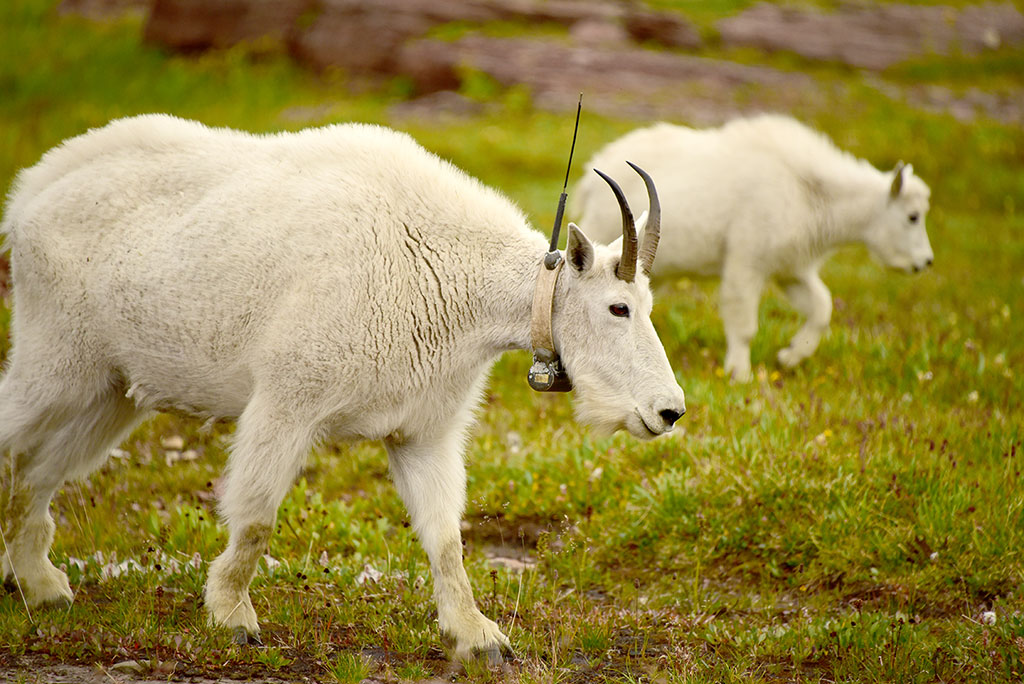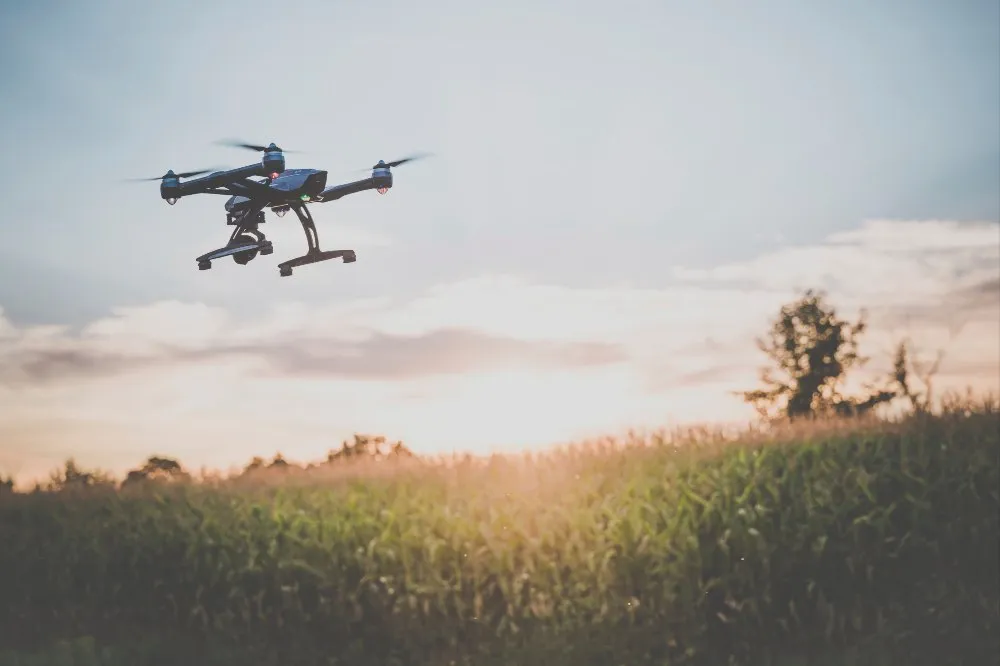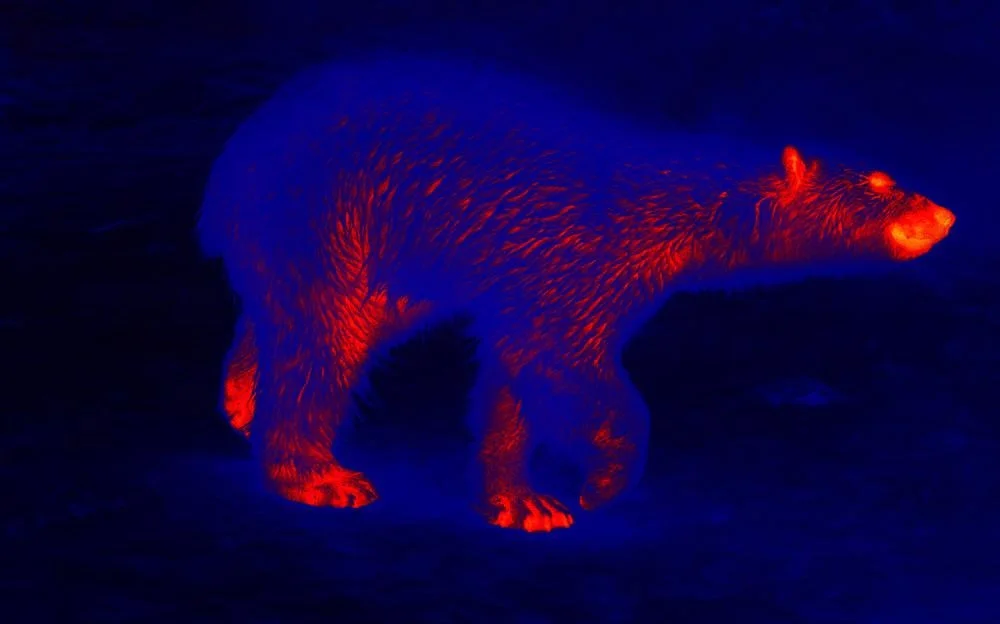Wildlife Monitoring - Ensuring The Survival Of Our Planet's Most Precious Species
Wildlife monitoringis a crucial activity in ensuring the conservation and protection of our planet's most precious species. As the human population continues to grow and expand into new territories, we increasingly encroach on the habitats of these animals, leading to their displacement, decline, and even extinction. Through wildlife monitoring, we can understand the health and status of animal populations and take action to protect them.
What Is Wildlife Monitoring?
Wildlife monitoring is the practice of observing and tracking the behavior, abundance, and distribution of wild animals in their natural habitats. It involves the use of various techniques and technologies, such as remote cameras, radio collars, and acoustic monitoring, to gather data on the animals.
The information collected through wildlife monitoring is used to identify trends and patterns in animal populations, such as changes in population size, breeding behavior, migration routes, and habitat use. This data can also be used to inform conservation efforts and management strategies to ensure the long-term survival of these species.
Why Is Wildlife Monitoring Important?
Wildlife monitoring is essential for several reasons. Firstly, it provides us with valuable information about the status of animal populations, including their abundance, distribution, and health. This information can help us to identify threats to their survival and develop conservation strategies to protect them.
Secondly, wildlife monitoring can help us to understand the ecological processes that underpin thefunctioning of ecosystems. Many animals play critical roles in maintaining the balance of ecosystems, such as pollinating plants, dispersing seeds, and regulating populations of other species. By monitoring these animals, we can gain insights into how ecosystems function and how they might be affected by changes in the environment.
Finally, wildlife monitoring can also be used to track the success of conservation efforts and measure their impact over time. By monitoring the populations of animals in protected areas or other conservation programs, we can determine whether these efforts are having the desired effect and adjust our strategies accordingly.
Techniques For Wildlife Monitoring
There are many different techniques that can be used for wildlife monitoring, depending on the species of interest, the habitat, and the research question. Some common techniques include:
Camera Trapping
Camera trapping involves the use of motion-sensor cameras that are triggered when an animal walks in front of them. This technique is particularly useful for studying elusive or nocturnal animals that are difficult to observe directly. Camera traps can provide information on the abundance, distribution, and behavior of animals over time.
Radio Tracking
Radio tracking involves attaching radio collars to animals and using radio telemetry to track their movements. This technique is commonly used to study the behavior and habitat use of large mammals, such as wolves, bears, and big cats.
Acoustic Monitoring
Acoustic monitoring involves the use of specialized microphones to record the sounds made by animals, such as their vocalizations or calls. This technique is particularly useful for studying birds, bats, and other animals that communicate through sound. Smart ports in Africa are starting to use acoustic monitoring in fishes, you can see the storyin novabach.
Aerial Surveys
Aerial surveys involve using planes or helicopters to fly over an area and count the number of animals seen. This technique is often used to survey large areas or animals that are difficult to see from the ground, such as whales or migratory birds.
Challenges In Wildlife Monitoring
Wildlife monitoring can be a challenging and complex endeavor. Some of the key challenges include:
Technical Challenges
Many of the techniques used for wildlife monitoring require specialized equipment and expertise. Setting up camera traps or radio collars can be a complicated process, and data analysis can be time-consuming and complex.
Safety Concerns
Working with wild animals can be dangerous, particularly for researchers in the field. Many animals, such as bears or big cats, can pose a threat to human safety, and researchers need to take precautions to ensure their own safety as well as the safety of the animals.
Accessibility Of Remote Areas
Many of the areas where wildlife monitoring is needed are remote and difficult to access. Researchers may have to hike through rugged terrain, cross rivers, or deal with extreme weather conditions to reach these areas.
Ethical Concerns
Wildlife monitoring also raises ethical concerns. Researchers need to ensure that their methods do not harm or stress the animals being studied. They also need to ensure that their research is conducted in accordance with ethical standards and that the animals' welfare is prioritized.
The Role Of Technology
Advances in technology have revolutionized wildlife monitoring efforts. New tools, such as drones and satellite imagery, are helping researchers to gather data more efficiently and accurately. Artificial intelligence and machine learning algorithms are also being used to analyze large datasets, identify patterns, and predict trends.
Technology is also helping to bridge the gap between wildlife monitoring and the general public. Citizen science initiatives, such as iNaturalist and eBird, allow individuals to contribute to research efforts by reporting sightings and observations of wildlife. Social media platforms, such as Instagram and Twitter, provide a way for researchers to share their work and connect with a broader audience.
The Importance Of Long-Term Monitoring
One of the most important aspects of wildlife monitoring is the need for long-term data collection. By tracking animal populations over time, researchers can identify trends and changes that may not be apparent in short-term studies. This information is crucial for developing effective conservation strategies and for measuring the success of conservation efforts over time.
Long-term monitoring also allows researchers to study the effects of environmental changes on wildlife populations. Climate change, habitat loss, and pollution are all major threats to wildlife, and long-term monitoring can help us understand how these factors are affecting animal populations and how we can respond to mitigate their impact.
The Future Of Wildlife Monitoring
As technology continues to advance and the need for conservation grows more urgent, the future of wildlife monitoring is bright. New tools and techniques will continue to be developed, allowing researchers to gather more accurate and detailed data on animal populations. Citizen science initiatives will continue to grow, engaging a broader public in research efforts.
However, there are also challenges on the horizon. Climate change and habitat loss will continue to threaten wildlife populations, and researchers will need to adapt their monitoring strategies to address these challenges. Funding for research and conservation efforts may also be limited, requiring researchers to be creative and resourceful in their efforts.
Despite these challenges, the need for effective wildlife monitoring has never been greater. By working together and using the latest technology and research methods, we can ensure that our planet's most precious species are protected and preserved for generations to come.
People Also Ask
What Is The Purpose Of Wildlife Monitoring?
The purpose of wildlife monitoring is to gather data on animal populations, behavior, and habitat in order to better understand and protect them. The information collected from wildlife monitoring is used to develop effective conservation strategies and to measure the success of these efforts over time.
What Are 2 Ways Of Animal Monitoring?
Two ways of animal monitoring are direct observation and indirect monitoring. Direct observation involves physically observing animals and recording data on their behavior, population size, and habitat use. Indirect monitoring involves gathering data through methods such as camera traps, acoustic monitoring, and tracking collars.
What Equipment Is Needed For Wildlife Monitoring?
The equipment needed for wildlife monitoring depends on the specific research objectives and methods used. Some common tools and equipment used in wildlife monitoring include cameras and camera traps, binoculars and spotting scopes, GPS devices, tracking collars, telemetry equipment, and environmental sensors. Advances in technology have also led to the development of new tools such as drones and satellite imagery that can be used for wildlife monitoring.
Conclusion
In conclusion, wildlife monitoring plays a crucial role in the conservation and protection of our planet's most precious species. By gathering data on animal populations and their behavior, we can better understand their needs and develop strategies to protect them. While wildlife monitoring can be challenging, it is an essential tool for ensuring the survival of these species and maintaining the health of our planet's ecosystems.
As humans continue to encroach on wildlife habitats, the need for effective wildlife monitoring will only become more urgent. By investing in this critical work, we can ensure that future generations can enjoy the beauty and diversity of our planet's wildlife.



